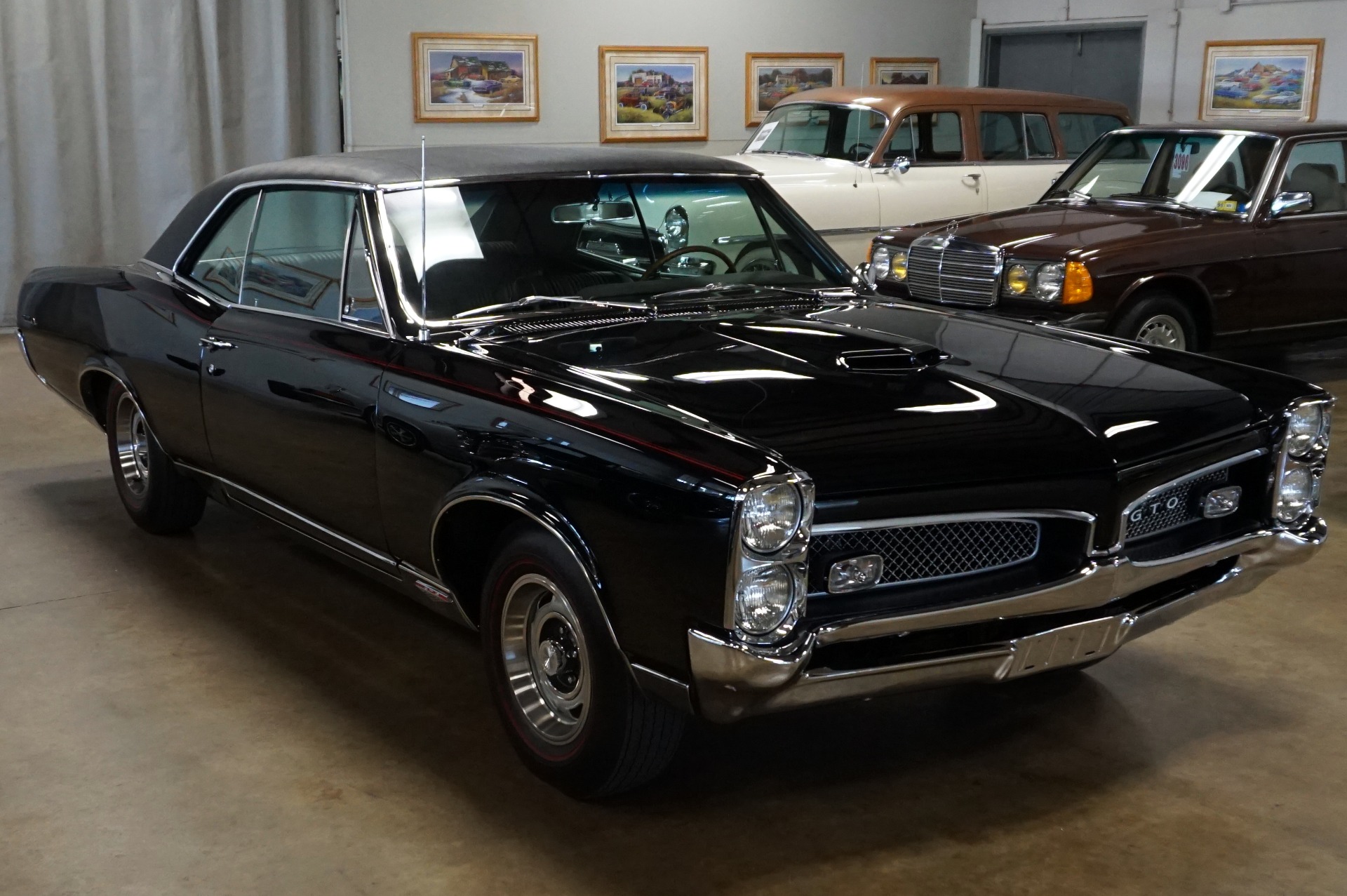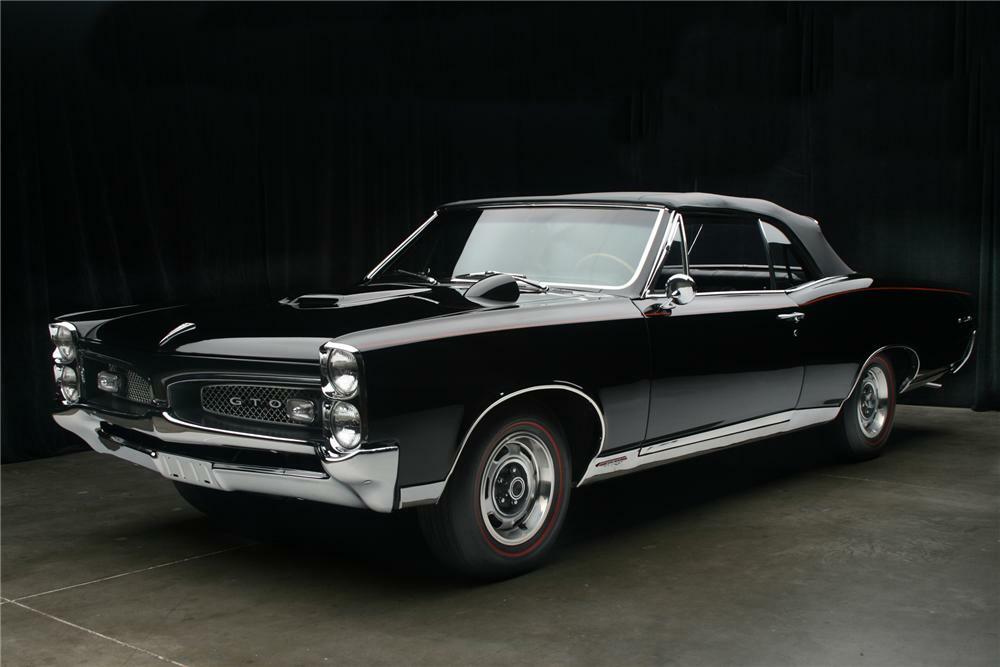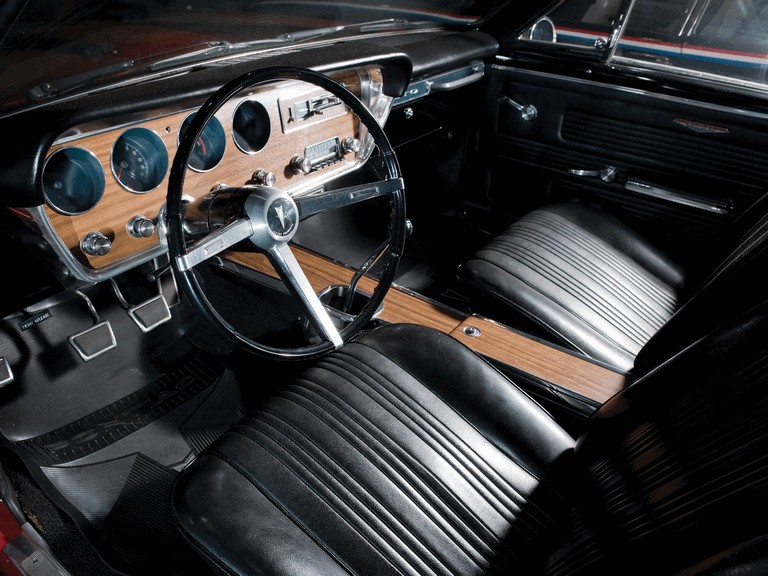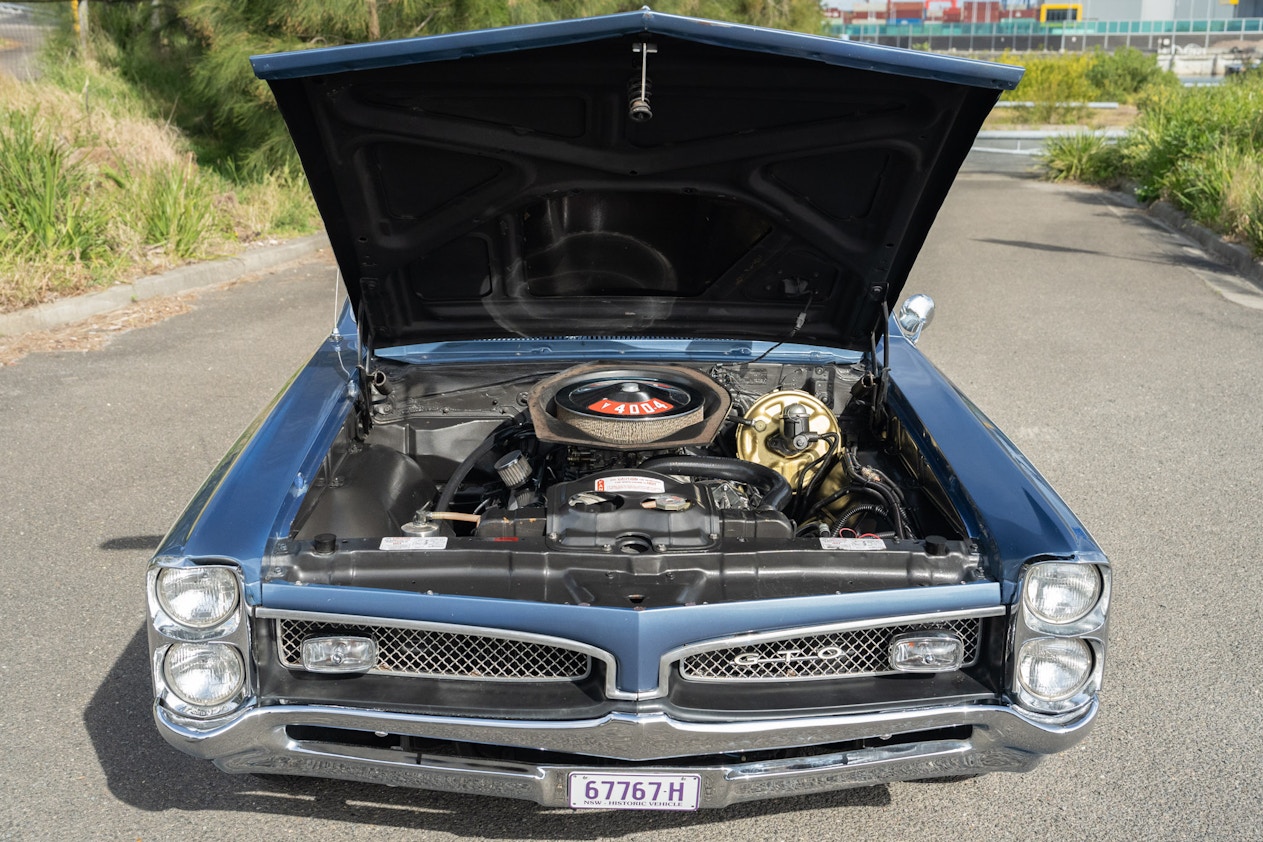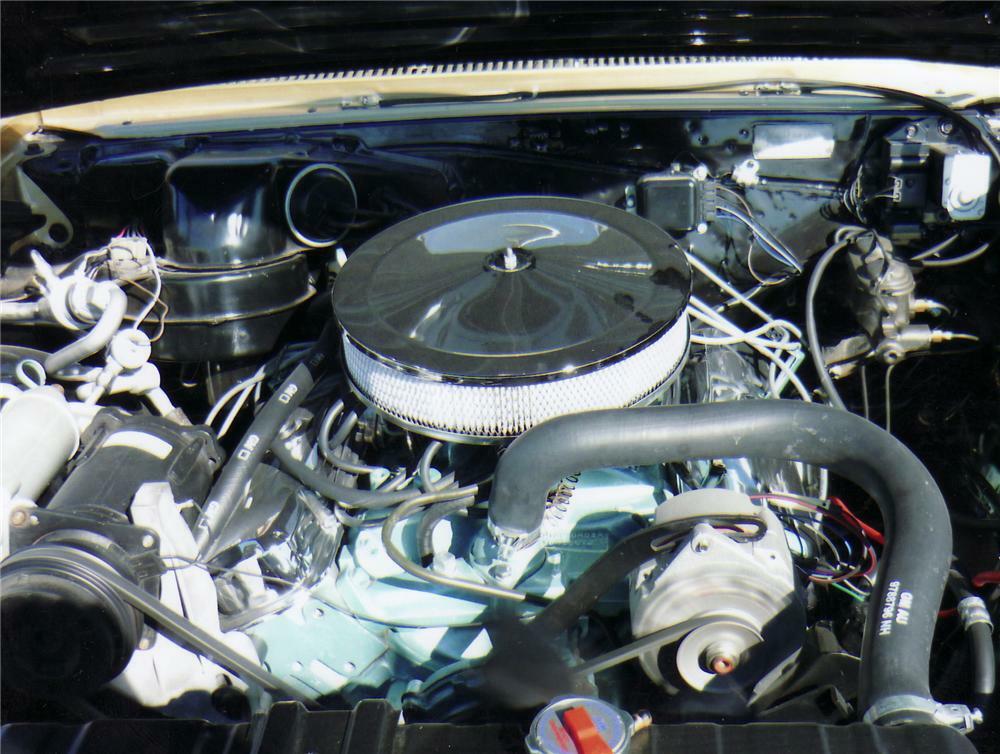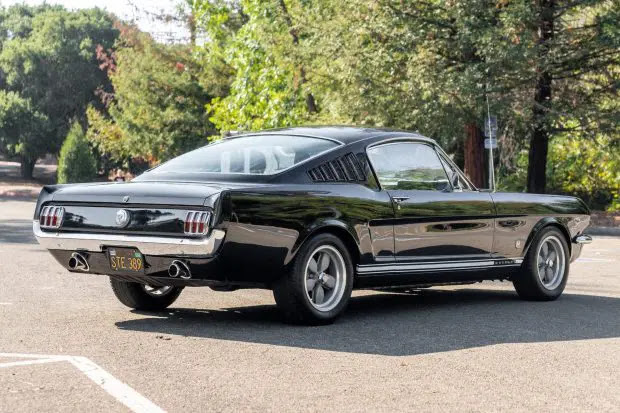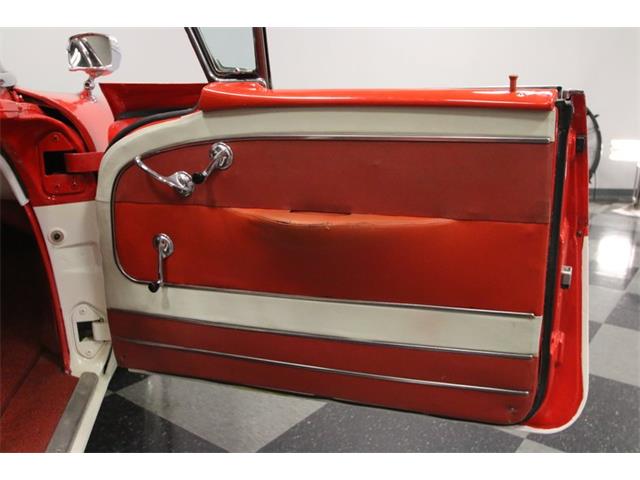While Dodge joined the muscle car market in the mid-1960s with cars like the Charger and Coronet, it didn't offer a proper competitor to the Ford Mustang and Chevrolet Camaro until 1970. That's when the Challenger arrived alongside the third-generation Plymouth Barracuda.

We could say that the Challenger was a bit late to the muscle car party, but the two years it spent on the market before high-performance V8 engines became extinct was enough to turn it into a legend. Come 2022 and the 1970 and 1971 Challengers are among the most sought-after classics from the golden muscle car era.
The HEMI version is the one that gets a lot more attention and the bigger bucks at public auctions. And that's not only because it's the most powerful Challenger at 425 horsepower. The HEMI is also a very rare bird. For instance, Dodge sold only 356 of them in 1970.

I'm talking about the T/A, a one-year wonder that was put into showrooms to homologate the Challenger for the Trans Am series. It doesn't have a big-block V8 like the 440, but it comes with many special features and saw daylight in only 2,399 units. Many of which, of course, are no longer around. The DY3 Cream example you see here is one of those that survived and it's perhaps the finest unrestored specimen out there.

The owner shares that the bought the car in 1976 in excellent shape and with only 46,000 miles (74,030 km) on the odometer. He pampered it ever since and drove it for just 18,000 miles (28,968 km) in 46 years. That's only 391 miles (629 km) per year on average, which means one thing: this Challenger T/A has been a garage queen all this time.
And that explains why the factory paint still looks gorgeous apart from a few chips and some patina and why the car is still original from bumper to bumper. Yup, this includes the 340-cubic-inch (5.6-liter) V8 and the four-speed manual gearbox. The latter, by the way, turns this T/A into a one-of-989 gem.











